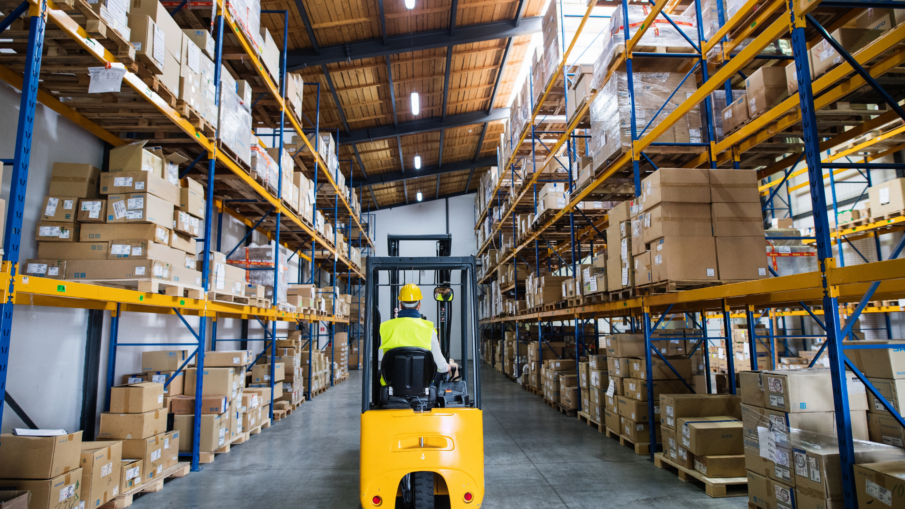Safety curtains, also known as safety light curtains, are essential components designed to protect workers from hazardous machine operations. By creating a barrier of infrared light beams, these devices ensure that machines stop operating when the beams are interrupted, preventing accidents and injuries. Let’s delve into how safety curtains improve workplace safety, exploring their functionality, benefits, applications, installation, and maintenance.
Understanding Safety Curtains
What Are Safety Curtains?
Safety curtains, or safety light curtains, are optoelectronic devices used to safeguard personnel working with or near machinery. These devices consist of an emitter that projects infrared light beams to a receiver, forming a protective screen. When any object, such as a hand or a tool, interrupts these beams, the safety curtain sends a signal to the machine control system to halt operation immediately.
How Do Safety Curtains Work?
Safety curtains work on a fail-safe principle, ensuring that any disruption in the light beams leads to the cessation of machine activity. This mechanism is crucial in high-risk environments where machinery operates at high speeds or involves dangerous components. The reliability and responsiveness of safety curtains make them indispensable in preventing accidents and ensuring compliance with safety standards.
Key Benefits of Safety Curtains
Enhanced Worker Protection
The primary benefit of safety curtains is the protection they provide to workers. By creating an invisible barrier, these devices prevent accidental contact with moving machine parts, reducing the risk of severe injuries.
Increased Productivity
Safety curtains allow machines to operate without physical barriers, facilitating easier access for operators and maintenance personnel. This increased accessibility can lead to higher productivity as machines do not need to be shut down or restarted frequently.
Compliance with Safety Standards
Installing safety curtains helps companies comply with various safety regulations, including OSHA (Occupational Safety and Health Administration) and ANSI (American National Standards Institute) standards. Compliance not only ensures a safer workplace but also minimizes the risk of legal issues and penalties.
Cost Savings
While the initial investment in safety curtains may seem significant, the long-term savings are considerable. Reduced injury rates lower worker compensation claims and healthcare costs, while minimized downtime and enhanced productivity contribute to overall cost efficiency.
Applications of Safety Curtains
Manufacturing
In manufacturing environments, safety curtains are commonly used to safeguard workers from pressing, cutting, and welding operations. These processes often involve high-speed and potentially hazardous machinery where safety curtains can effectively prevent accidents.
Automotive Industry
The automotive industry employs safety curtains extensively to protect workers involved in assembly lines and robotic operations. These devices ensure that any interference with robotic arms or automated machinery leads to an immediate shutdown, preventing injuries.
Packaging and Material Handling
Safety curtains are also prevalent in the packaging and material handling industries. They protect workers from conveyor belts, palletizers, and other automated systems, ensuring safe and efficient operation.
Printing and Paper Processing
In printing and paper processing facilities, safety curtains guard workers from the moving parts of printing presses and finishing equipment. These devices help maintain a safe working environment while ensuring the smooth operation of machinery.
Installation and Maintenance of Safety Curtains
Proper Installation
Proper installation and integration of safety curtains are crucial to ensure their effectiveness and reliability.
Assessment and Planning: Before installation, a thorough risk assessment should be conducted to identify hazardous areas and determine the appropriate type and configuration of safety curtains. Planning should also consider the layout of the machinery and the workflow of the operators.
Installation Process: Safety curtains should be installed according to the manufacturer’s guidelines and safety standards. Proper alignment of the emitter and receiver is essential to ensure uninterrupted beam transmission. Additionally, the safety curtains should be mounted at an appropriate height and distance from the hazardous area to provide adequate protection without hindering operations.
Integration with Machine Controls: For optimal functionality, safety curtains must be integrated with the machine’s control system. This integration ensures that any interruption in the light beams triggers an immediate shutdown of the machinery. Control reliable safety controllers can be used to enhance the reliability and responsiveness of the system.
Regular Maintenance
Maintaining and regularly testing safety curtains is vital to ensure their continued effectiveness and compliance with safety standards.
Routine Maintenance: Routine maintenance of safety curtains involves cleaning the lenses of the emitter and receiver to prevent dirt and debris from obstructing the light beams. It also includes checking the alignment and ensuring that the mounting hardware is secure.
Regular Testing: Regular testing should be conducted to verify that the safety curtains are functioning correctly. This testing includes interrupting the light beams and confirming that the machinery stops immediately. Any issues identified during testing should be addressed promptly to maintain the integrity of the safety system.
Documentation and Record-Keeping: Maintaining accurate records of maintenance and testing activities is essential for compliance and accountability. These records should include details of the procedures performed, the results of the tests, and any corrective actions taken.
Invest in a Safer Workplace
Safety curtains are a critical component in the arsenal of workplace safety devices. Their ability to provide a protective barrier, ensure compliance with safety standards, and enhance productivity makes them indispensable in modern industrial environments. By understanding the functionality, benefits, applications, and maintenance of safety curtains, companies can make informed decisions to protect their workforce and optimize operations.
At Pinnacle Systems, we are committed to helping you improve workplace safety through our range of advanced safety curtains and other safeguarding solutions. Our products are designed to meet the highest standards of reliability and performance, ensuring that your machinery and personnel are well-protected. Contact us today to learn more about how our safety curtains can enhance your workplace safety and productivity. Invest in safety curtains now to create a safer, more efficient work environment and safeguard your most valuable asset—your employees.

